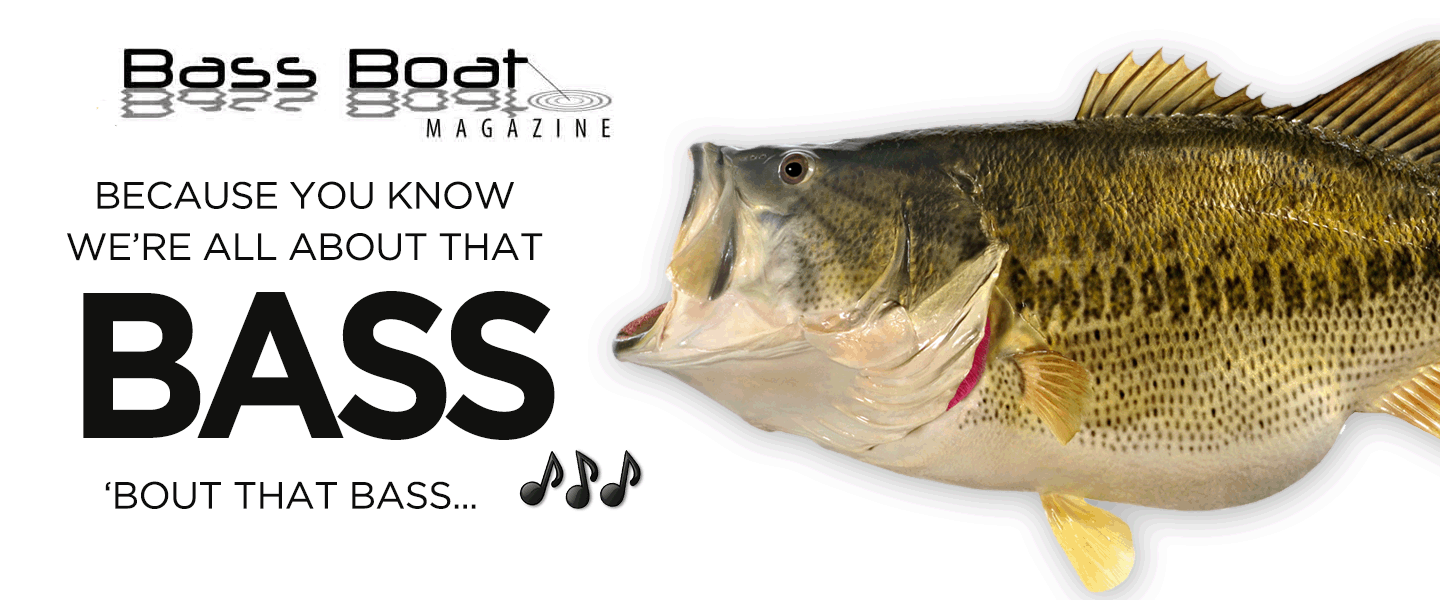The Choctaw National Wildlife Refuge is located in southwest Alabama along the Tombigbee River approximately 80 miles north of Mobile. The Refuge was established in 1964 on lands aquired by the Corp of Engineers in conjunction with the Coffeeville Lock and Dam project. The 4,218 acre refuge encompasses approximately 1,802 acres of lakes, sloughs, and creeks, 2,265 acres of bottomland hardwoods, and 151 acres of croplands and moist soil units.
The refuge is divided into three units by Okatuppa and Turkey Creeks. This makes a large portion of the refuge accessable only by boat. Due to its location along the Tombigbee River, the entire refuge is subject to annual Spring flooding. The primary purpose of the refuge is to provide wood duck brood habitat and serve as a protected wintering area for waterfowl. Up to 200 broods of wood ducks are produced anually in the refuge's artificial nest boxes, and wintering waterfowl numbers can exceed 10,000. In addition, numerous neotropical migrant and wading birds benefit from management activities. Following a successful bald eagle hacking program in the early 1990's the refuge has played host to a nesting pair of eagles each winter. During the summer months wood storks can be found resting and feeding in the back-water sloughs and moist soil units. Resident wildlife includes white-tailed deer, gray squirrels, turkey, raccoons, opossum, American alligator, and beaver.
The refuge is divided into three units by Okatuppa and Turkey Creeks. This makes a large portion of the refuge accessable only by boat. Due to its location along the Tombigbee River, the entire refuge is subject to annual Spring flooding. The primary purpose of the refuge is to provide wood duck brood habitat and serve as a protected wintering area for waterfowl. Up to 200 broods of wood ducks are produced anually in the refuge's artificial nest boxes, and wintering waterfowl numbers can exceed 10,000. In addition, numerous neotropical migrant and wading birds benefit from management activities. Following a successful bald eagle hacking program in the early 1990's the refuge has played host to a nesting pair of eagles each winter. During the summer months wood storks can be found resting and feeding in the back-water sloughs and moist soil units. Resident wildlife includes white-tailed deer, gray squirrels, turkey, raccoons, opossum, American alligator, and beaver.

